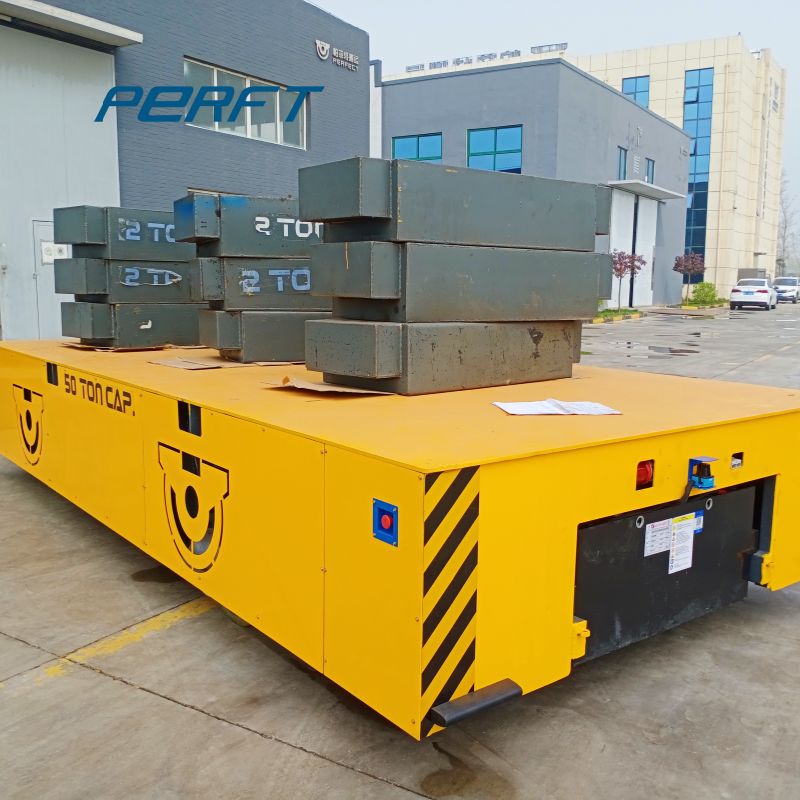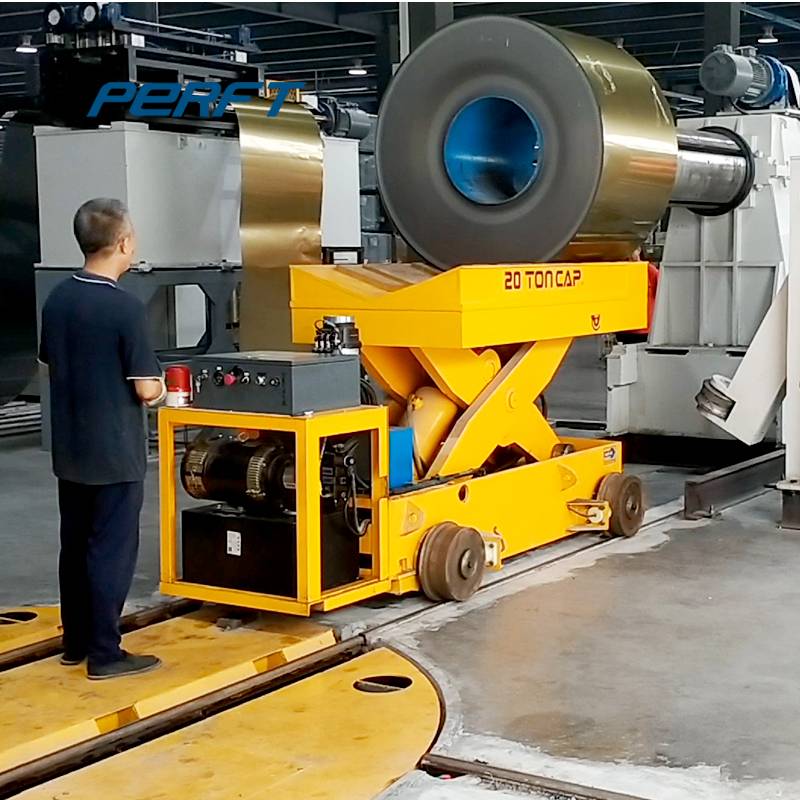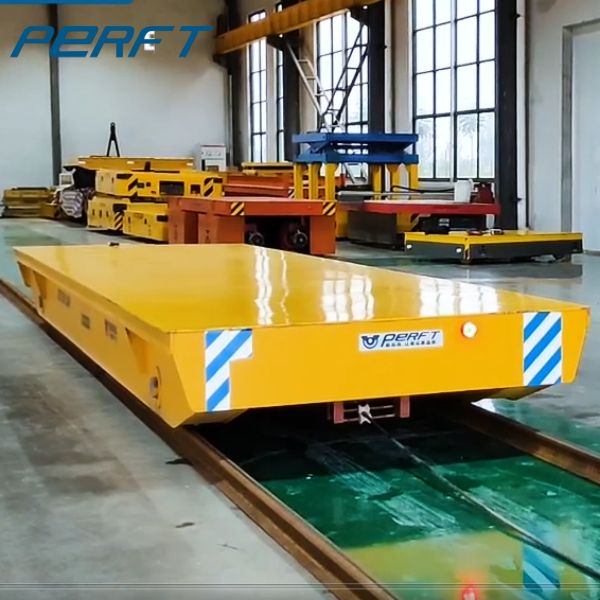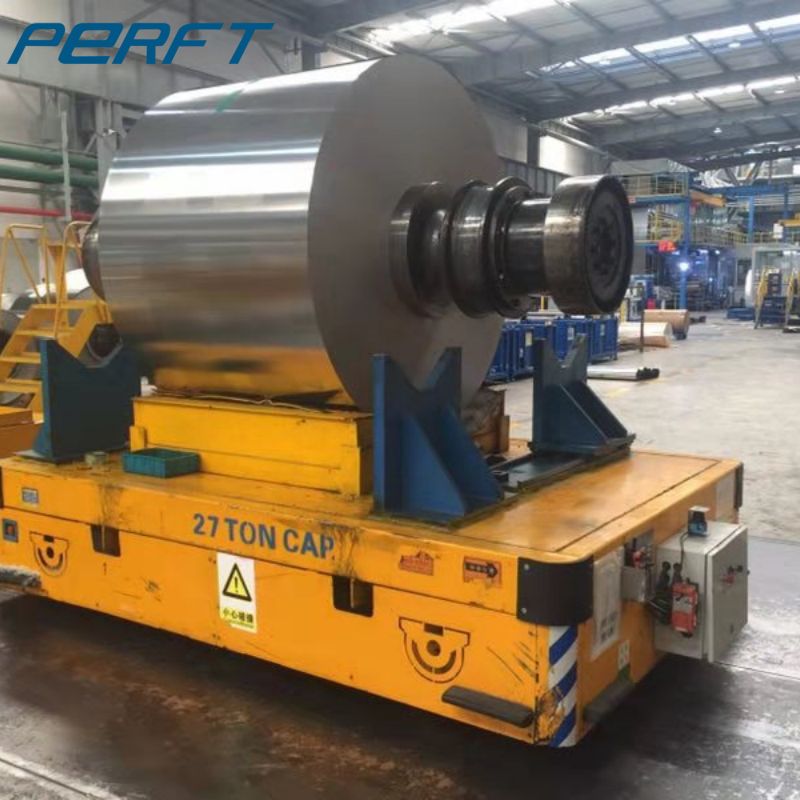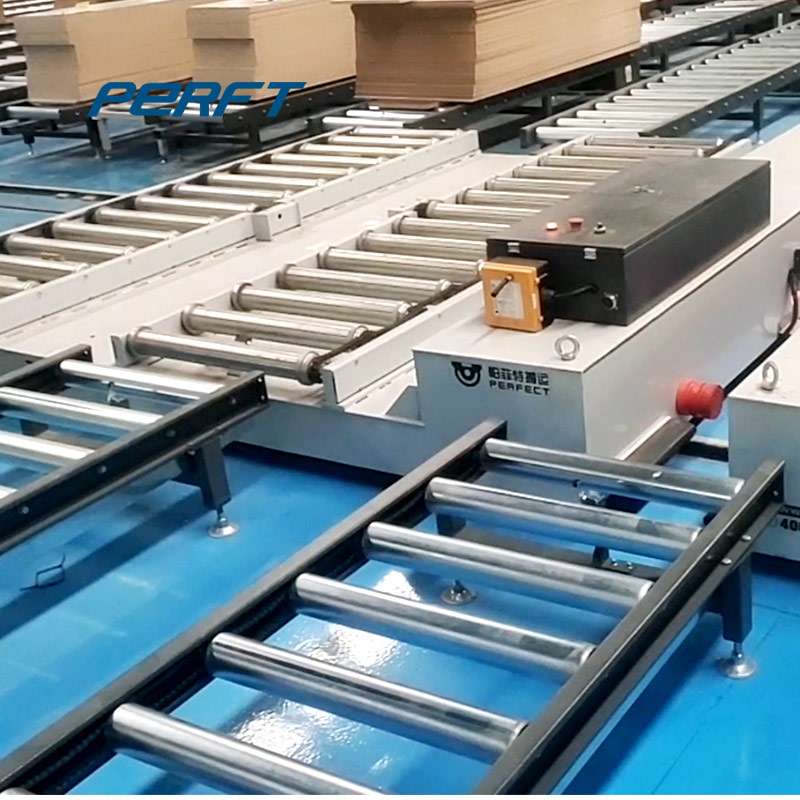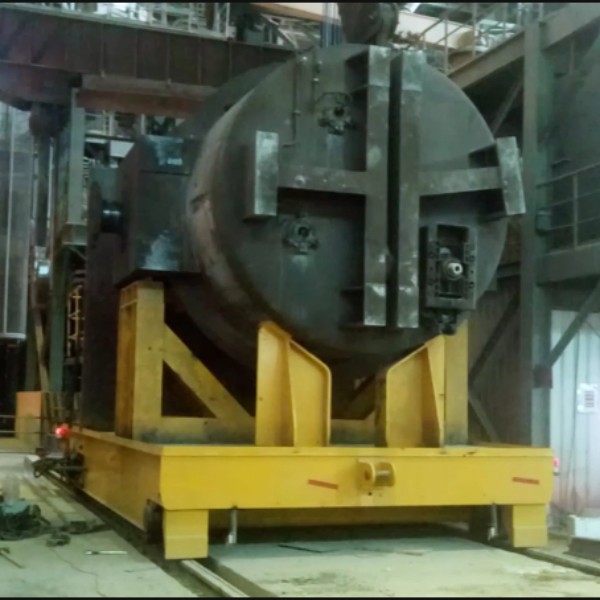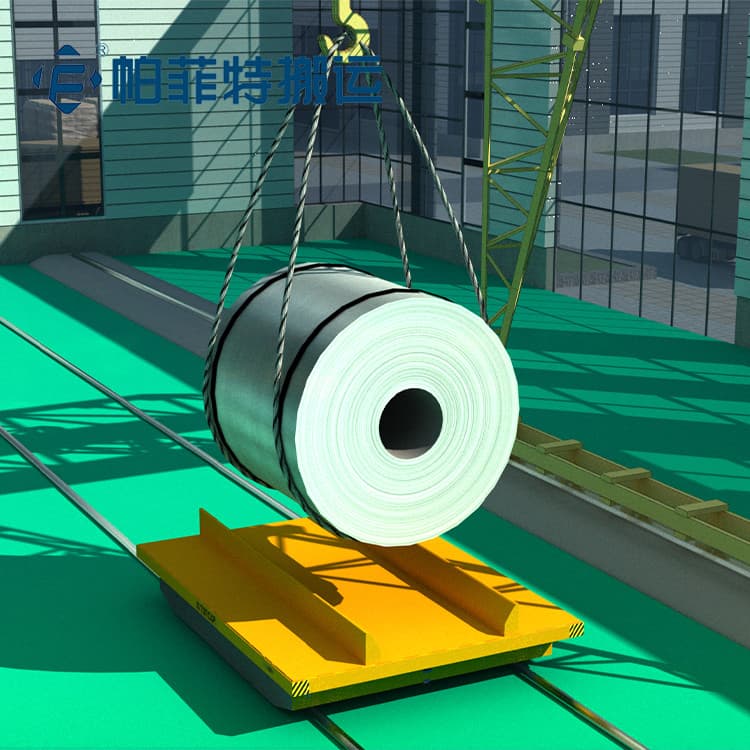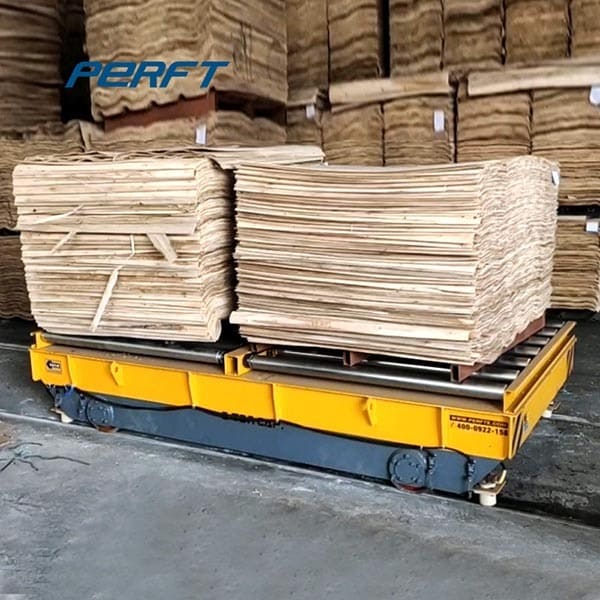Heavy Load Battery Powered Transfer Carts
Efficient material handling is essential for businesses dealing with heavy loads in industries such as manufacturing, warehouses, and construction. To overcome the challenges associated with moving heavy loads, the utilization of heavy load battery powered transfer carts has become increasingly popular. In this article, we will explore the significance of these carts, their features, benefits, applications, and factors to consider when choosing one. We will also discuss maintenance and care tips to ensure optimal performance and longevity.
The Need for Heavy Load Battery Powered Transfer Carts
Challenges in Material Handling
Transporting heavy loads manually or using traditional methods poses several challenges. It can lead to increased labor costs, prolonged material transfer times, and higher risks of accidents or injuries. These challenges can hinder productivity and affect overall operational efficiency.
Advantages of Battery Powered Transfer Carts
Heavy load battery powered transfer carts offer a practical and efficient solution to address the challenges of material handling. They are specifically designed to handle substantial loads with ease, enhancing productivity, and reducing manual labor. These carts provide a reliable and convenient method of transporting heavy items within a facility.
Features and Benefits of Heavy Load Battery Powered Transfer Carts
High Load Capacity
Heavy load battery powered transfer carts are engineered to carry substantial weights, often ranging from several tons to even hundreds of tons. This high load capacity ensures efficient transportation of heavy machinery, equipment, or materials.
Maneuverability and Flexibility
These transfer carts are equipped with robust wheels and a flexible steering mechanism, enabling smooth maneuverability even in tight spaces. They can navigate through narrow aisles, around corners, and overcome uneven surfaces, ensuring optimal material transfer efficiency.
Enhanced Safety Features
Heavy load battery powered transfer carts prioritize safety during material handling operations. They are equipped with safety features such as emergency stop buttons, alarms, and obstacle detection systems. These features minimize the risk of accidents, protecting both personnel and the transported items.
Versatile Applications
Battery powered transfer carts can be customized to suit various applications. They can be fitted with additional features such as adjustable platforms, loading ramps, or cranes, depending on the specific requirements of the industry or facility. This versatility makes them suitable for diverse material handling needs.
Industries and Applications
Heavy load battery powered transfer carts find applications in a wide range of industries, including manufacturing, warehouses, construction sites, and ports. They are used for transporting heavy machinery, large components, raw materials, and finished products. These carts significantly improve efficiency in assembly lines, logistics operations, and material storage facilities.
Factors to Consider When Choosing a Heavy Load Battery Powered Transfer Cart
Load Capacity and Size
When selecting a transfer cart, it is crucial to consider the maximum load capacity it can handle. The size of the cart should be appropriate for the dimensions and weight of the items to be transported.
Battery Life and Charging
The battery life and charging capabilities of the transfer cart are essential considerations. Longer battery life ensures uninterrupted operation, while efficient charging systems reduce downtime and improve productivity.
Durability and Maintenance
Opt for a transfer cart made from durable materials that can withstand heavy use and harsh environments. Regular maintenance and servicing are important to ensure optimal performance and extend the lifespan of the cart.
Customization Options
Consider the availability of customization options to tailor the transfer cart to specific requirements. This may include additional features, load securing mechanisms, or integration with existing material handling systems.
Maintenance and Care Tips
To ensure the longevity and reliability of a heavy load battery powered transfer cart, regular maintenance is crucial. Follow these care tips:
- Keep the cart clean and free from debris that may hinder its operation.
- Regularly inspect and lubricate moving parts to maintain smooth operation.
- Check and maintain the battery, including proper charging and storage procedures.
- Train operators on proper usage and safety protocols.
Heavy load battery powered transfer carts have revolutionized material handling, providing efficient and safe transportation of heavy items within industrial environments. Their high load capacity, maneuverability, and versatile applications make them indispensable tools for businesses dealing with heavy loads. By considering the appropriate factors when selecting a transfer cart and following proper maintenance practices, businesses can enhance their material handling efficiency and streamline their operations.
FAQs (Frequently Asked Questions)
1. Are heavy load battery powered transfer carts suitable for outdoor use?
Yes, heavy load battery powered transfer carts can be designed for outdoor use, provided they are equipped with weatherproof features and durable construction materials.
2. Can transfer carts be customized to accommodate specific load sizes and shapes?
Yes, transfer carts can be customized to meet specific load requirements, including different sizes and shapes. Customization options allow for greater flexibility in material handling operations.
3. What is the average battery life of a heavy load battery powered transfer cart?
The battery life of a transfer cart can vary depending on factors such as load capacity, usage frequency, and operating conditions. However, modern battery technologies can provide extended operation times, typically ranging from several hours to a full shift.
4. How often should maintenance and servicing be performed on a transfer cart?
Regular maintenance and servicing should be performed according to the manufacturer’s recommendations. Typically, it is advisable to schedule maintenance at regular intervals, such as quarterly or biannually, and perform routine inspections and lubrication as needed.
5. Can transfer carts be operated by a single person?
Yes, many transfer carts are designed for single-person operation. However, for larger or more complex operations, it may require additional personnel for safety and efficiency.
